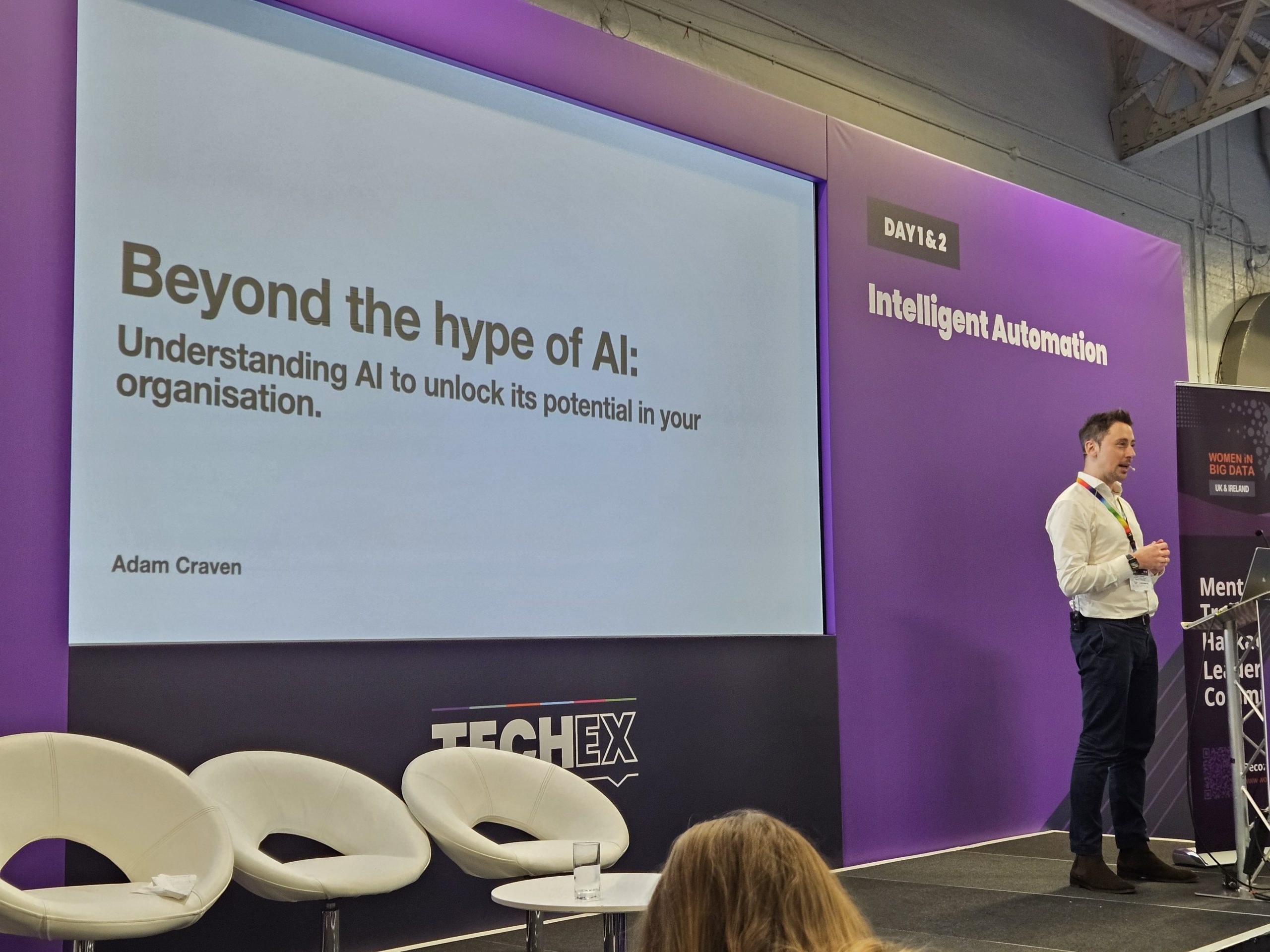Uncovering the Truth about AI and Looking beyond the Hype
Practical Applications and Pitfalls of AI
In a recent presentation at the AI & Big Data Expo Global, Adam Craven, Director at Y-Align, shared valuable insights into the practical applications and overlooked pitfalls of AI, drawing from his extensive background in engineering and leadership roles at influential organizations like McKinsey & Company, HSBC, and Nokia. His main message focused on understanding AI beyond the hype to make informed decisions that align with organizational goals.
Components of AI
Craven introduced a systematic approach to demystifying AI, emphasizing the need to break down the overarching concept into smaller, manageable components. Key attributes of neural networks, embeddings, and transformers were outlined as follows:
- Neural networks — described as probabilistic and adaptable — form the backbone of AI, mimicking human learning processes.
- Embeddings allow computers to navigate between levels of abstraction, somewhat akin to human cognition.
- Transformers — the “attention” mechanism — are the linchpin of the AI revolution, allowing machines to understand context and meaning.
Large Language Models (LLMs) as Search and Research Engines
Assessing the functionality of LLMs, Craven noted that while they are exceptionally good at understanding search intent, they may not have access to vast data, produce accurate results, or reference sources. However, Craven highlighted that LLMs are powerful summarizing engines for research, emphasizing their ability to summarize data, translate between languages, and serve as research assistants. He went on to caution against relying solely on LLMs for complex tasks, showcasing a study where consultants using language models underperformed in nuanced analysis.
Setting Realistic Expectations and Practical Use Cases
Craven concluded the presentation with practical use cases for organizations, such as documentation tools, high-level decision-making, code review tools, and multimodal decision-makers. He advised a thoughtful evaluation of when LLMs are useful, ensuring that they align with organizational values and principles. Craven also cautioned against inflated claims about AI’s performance, urging the audience to consider the context and nuances when evaluating AI’s impact to avoid unwarranted expectations.
Craven offered actionable insights for implementation, urging organizations to capture data for future use, create test cases for specific use cases, and apply a systematic framework to develop a strategy. The emphasis remained on seeing through the hype, saving millions by strategically incorporating AI into existing workflows.
In a world inundated with AI promises, Adam Craven’s pragmatic approach provides a roadmap for organizations to leverage the power of AI while avoiding common pitfalls.

